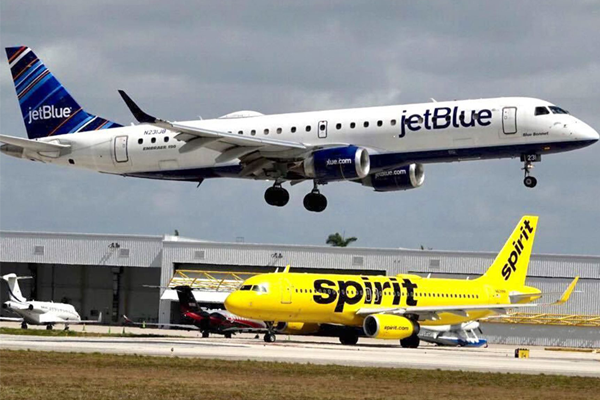WASHINGTON, DC – U.S. health policy has enabled health companies to drive costs up as services are-150x150.jpg) expanded. The major players in the industry continually develop strategies to enhance their businesses. “Vertical integration” has become a favorite method of increasing profits by intergating and monopolizing services while reducing competion.
expanded. The major players in the industry continually develop strategies to enhance their businesses. “Vertical integration” has become a favorite method of increasing profits by intergating and monopolizing services while reducing competion.
A current example of “vertical integration” is the planned $68 billion acquisition of Aetna by CVS. This strategy combines supliers with buyers. Your health insurer sends you to their local store for diagnosis, treatment, drugs, and anything else you might need.
Cigna is in the process of acquiring Express Scripts, a huge pharmacy benefits manager, for $54 billion. This will result in bringing more services under one roof. The combined company would have annual revenue of $142 billion. While this is more leverage with drug companies there is no benefit to consumers. The government is not containing costs and prices continue to rise.
United Health has also been a leader of vertical integration. United has acquired physician practices in recent years and is now in the process of buying DaVita Medical Group, which operates nearly 300 clinics and outpatient surgical centers. As the network expands, co-pays and deductibles for its patients have continued to climb.
Walmart and Humana are planning to merge. This would provide a combined revenue of $550 billion. Walmart is one of the largest operators of retail pharmacies inside its stores. Humana is a huge insurance operation.
Between a third and a half of every dollar spent on a prescription drug falls to the company that developed the drug.
Health insurers have enormous revenues and impressive profits but they can’t compete with biotech and pharma. Drug prices in the USA continue to rise while other countries manage prescription costs more effectively.
According to the Harvard T. H. Chan School of Public Health study published March 2018, the average pharmaceutical expenditure in the U.S. is $1,443 as compared to an average of $749 in the 10 other countries in their examination. Our administrative costs consume 8 percent of total spending as compared to a range of 1 to 3 percent elsewhere. The largest health care corporations in the USA, those included in the S&P 500, had almost $2 trillion in revenue last year.
Healthcare consumes almost 18 percent of the gross domestic product in the United States by far the highest in the world. Despite spending much less, many countries provide quality health insurance to their entire population.
History in this country has demonstrated that monopolies produce less services and higher costs. As competion decreases prices will continue to rise. President Trump appears to be indifferent to the current path of high prices in healthcare and less choices. Any government program to increase health services to Americans will require driving down pharmaceutical pricing and reducing administrative costs.




1 thought on “Health Costs Rise without Coverage for All Americans”
Great article. “Vertical integration” — health insurance companies merging with large health care providers — means ultimately your insurance company will be the boss of your doctor and hospital. Terrible idea. We need a universal publicly-accountable single payer that pays the bill, but is NOT the owner or employer of your doctor.